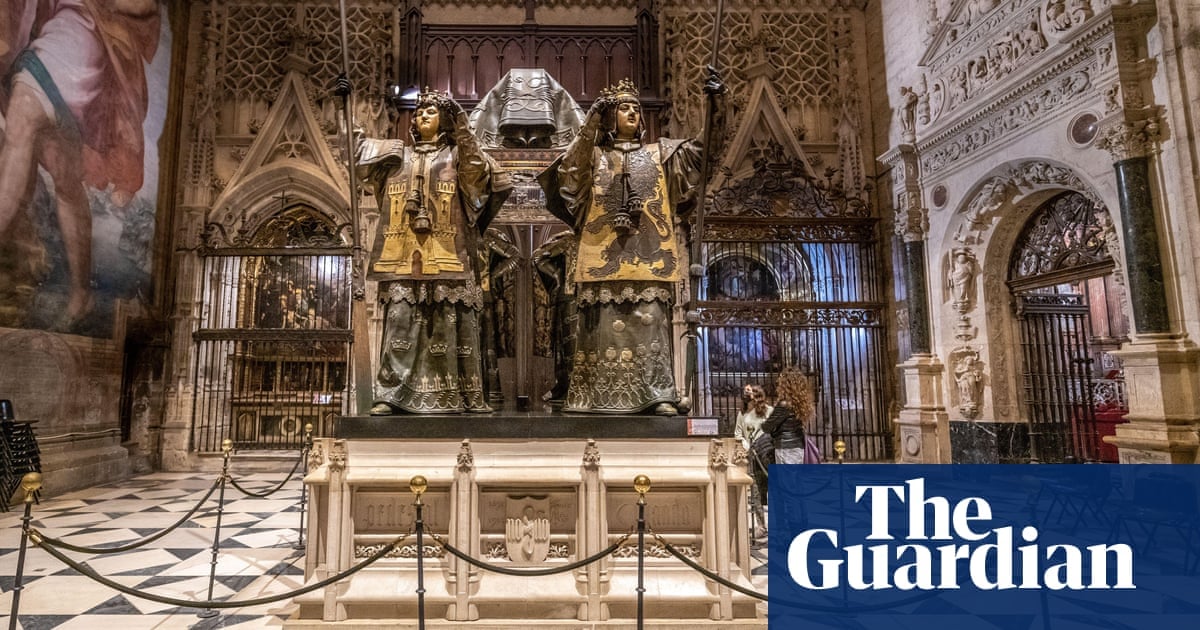- cross-posted to:
- [email protected]
- cross-posted to:
- [email protected]
Scientists have ‘definitively’ proved identity of remains – with navigator’s precise origins to be revealed
Scientists in Spain claim to have solved the two lingering mysteries that cling to Christopher Columbus more than five centuries after the explorer died: are the much-travelled remains buried in a magnificent tomb in Seville Cathedral really his? And was the navigator who changed the course of world history really from Genoa – as history has long claimed – or was he actually Basque, Catalan, Galician, Greek, Jewish or Portuguese?
The answer to the first question is yes. The answer to the second is … wait until Saturday.
The long-running and often competitive theorising has not been helped by his corpse’s posthumous voyages. Although Columbus died in the Spanish city of Valladolid in 1506, he wanted to be buried on the island of Hispaniola, which is today divided into Haiti and the Dominican Republic. His remains were taken there in 1542, moved to Cuba in 1795, and then brought to Seville in 1898 when Spain lost control of Cuba after the Spanish-American war.



As long as we’re wishing, I’m going with bigpox.
Smallpox.Allpox